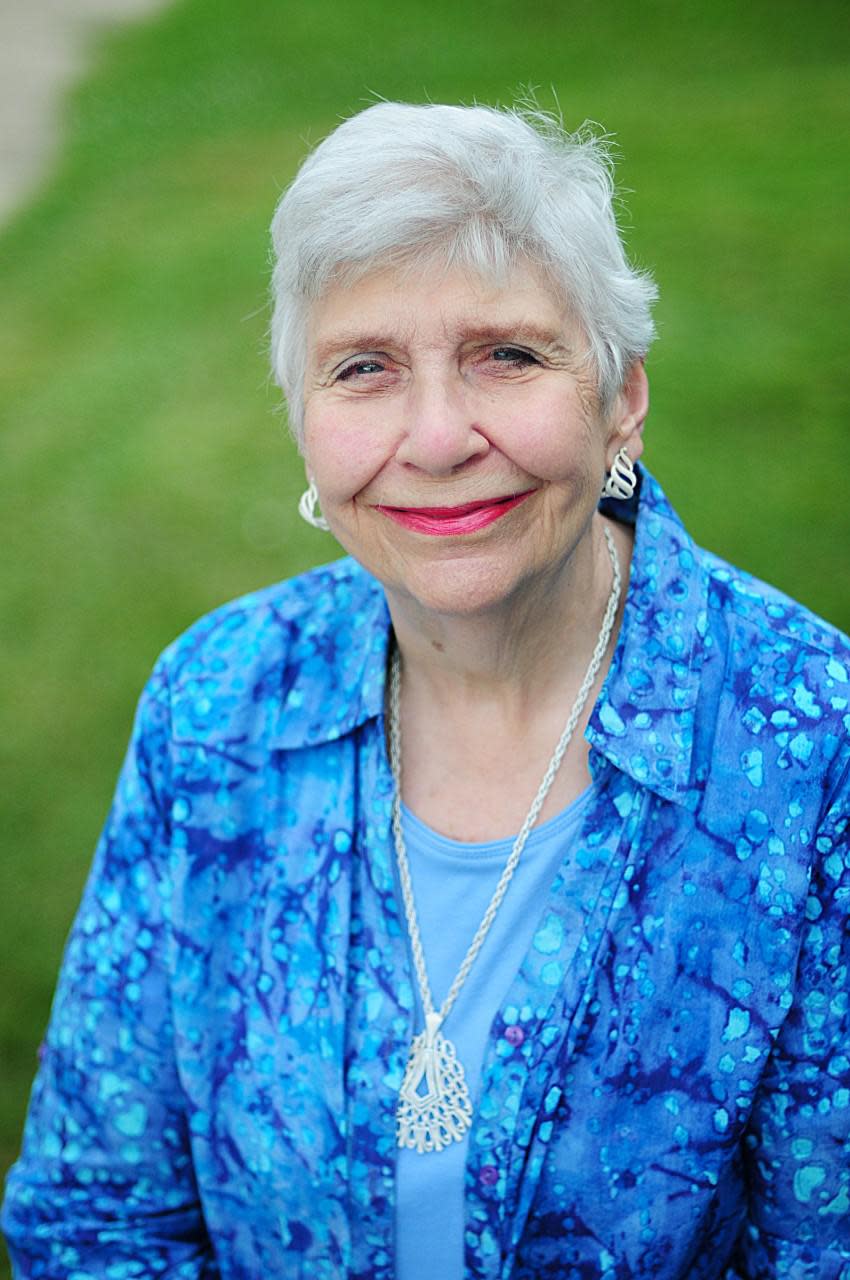Louise Carroll: Celebrating Mother Jones in Women's History Month

What better way to celebrate Women's History Month than to write about Mary G. Harris Jones aka Mother Jones? If you haven't met her let me introduce her.
This Irish-born American was baptized in 1837 and died in 1930. With her dedication to children and justice, she is a role model for any person.
Since my focus was on advocating for women's rights, Mother Jones wasn't often on my radar. She had no interest in the women's Suffrage movement. She was quoted as saying that "you don't need the vote to raise hell." And she proved it.
You can easily see how the Suffragettes didn't like her and some accused her of being anti-woman's rights. But Jones was never at a loss for words and said, "I'm not an anti to anything which brings freedom to my class."
Jones married George E. Jones, a skilled foundry worker and founder of the International Iron Molders Union. In 1867, her husband and their four children, all under the age of 5, died during a yellow fever epidemic.
After that tragedy, Mary Jones left Memphis, returned to Chicago and opened another dressmaking business, but four years later, she lost her home, shop and possessions in the Great Chicago Fire of 1871. Like many others, she helped to rebuild the city.
Many would not recover from such life-changing tragedies, but Jones went on to make history as a union organizer, community organizer and activist. My kind of woman.
Jones became an organizer for the Knights of Labor and United Mine Workers Unions. Perhaps it was a natural choice since she would have been familiar with unions because of her husband's work.
During her life, Jones was noted for organizing the wives and children of striking workers in demonstrations on their behalf. The mill owners said she was "the most dangerous woman in America."
In a day when women didn't have much power Jones was a force. The stories of her dedication and accomplishments fill books and you can look it all up, but I will just focus on her commitment to children's rights and the Children's March.
The Child Labor Law said "For non-agricultural jobs, children under 14 may not be employed, children between 14 and 16 may be employed in allowed occupations during limited hours, and children between 16 and 17 may be employed for unlimited hours in non-hazardous occupations." There were a number of exceptions to these rules such as for employment by parents, newspaper delivery and child actors.
Being fiercely against child labor, when Jones heard the laws were not being enforced in Pennsylvania mines and silk mills and children were working in coal mines and mills to supplement meager family incomes and as a result, suffered stunted growth and maiming injuries.
According to the 1900 Census, one-sixth of American children under age 16 were employed and that is believed to be grossly undercounted. More children worked in textile manufacturing than in any other trade.
Jones organized the March of the Mill Children from Philadelphia to President Theodore Roosevelt's Long Island summer home in Oyster Bay, New York, to publicize the harsh conditions of child labor and to demand a 55-hour work week for all workers.
That is simply mind-boggling. We live in a world of mass communications and she did all that without a computer or cell phone. You have to be impressed.
On July 7, 1903, the March of the Mill Children began. Along the way, Jones delivered her famous speech, "The Wail of the Children," about protecting children from the greed of industry.
"In Georgia where children work day and night in the cotton mills, they have just passed a bill to protect song birds. What about the little children from whom all song is gone? The trouble is that the fellers in Washington don’t care. I saw them last winter pass three railroad bills in one hour, but when labor cries for aid for the little ones they turn their backs and will not listen to her. I asked a man in prison once how he happened to get there. He had stolen a pair of shoes. I told him that if he had stolen a railroad he could be a United States Senator," Jones said.
The marchers left Philadelphia to the sound of fifes and drums, numbers dwindled but they were fed and sheltered by unionists, farmers, socialists and other allies. They were described as ragtag crusaders slogging through heat and rain into the manufacturing belt of New Jersey, soliciting donations and staging rallies often attended by thousands.
On July 23, 60 marchers paraded up Second Avenue by torchlight.
Six days later, she and a delegation of five arrived on July 29 at President Roosevelt’s summer home.
Roosevelt refused to see them. Shame on you, Teddy.
I'm celebrating Mother Jones this month. What a woman!
This article originally appeared on Ellwood City Ledger: Carroll: Celebrating Mother Jones in Women's History Month

